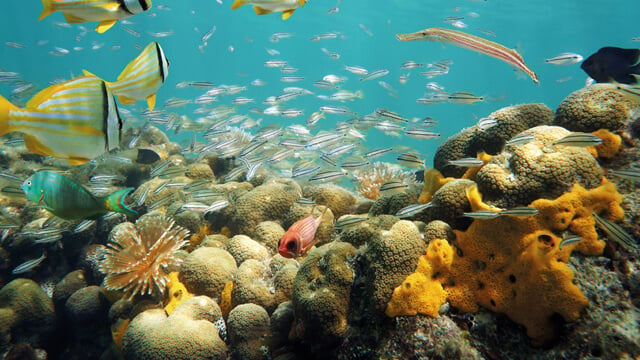Ballast water management
The IMO BWM Convention and the USCG Final Rule have been deployed to protect marine biodiversity against invasive species through ballast water management regulations. Alfa Laval offers type approved ballast water management systems (BWMS) with a portfolio of service offerings supporting compliance. Without use of toxic chemicals, the UV treatment technology behind the Alfa Laval PureBallast 3 offers superior ballast water treatment (BWT) in all kinds of waters.
Total solutions in ballast water management
- Type approved for compliance with IMO Ballast Water Management Convention and the USCG Ballast Water Discharge Final Rule
- Superior ballast water treatment for all kinds of vessels operating in all kinds of waters
- Chemical free UV treatment
- Well-developed service offerings to ensure non-stop compliance
Experience in ballast water management
Compliance means fulfilling a requirement or a set of rules – in this case, the regulations that govern ballast water management (BWM). The main strategy for ballast water management is ballast water treatment (BWT), which neutralizes organisms in the water. Alfa Laval PureBallast was the first solution to be revised G8 ready (the BWMS Code) and offer total solutions in ballast water treatment built on deep knowledge, extensive resources, strong partnerships and well-developed compliance support services.
If you want to know what’s needed for ballast water compliance then read the guide about what the rules are and how they work.
UV or EC? Why your choice of ballast water management technology matters
Decisions in ballast water management shouldn’t be made by default, especially when it comes to your choice of technology: UV or electro chlorination (EC). By raising the right questions, you can lower a lot – from your costs and risks to your operating limitations. Find out why UV treatment with Alfa Laval PureBallast 3 is the smartest choice for ballast water management, even on vessels where EC is today’s norm.
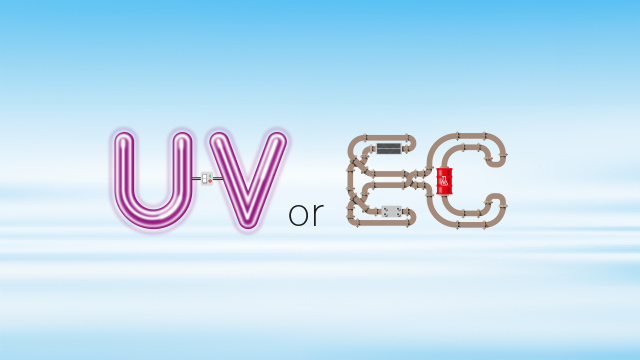
Biological commissioning testing
As of 1st June 2022, biological commissioning testing is required after installing a ballast water management system. To show that the whole installation performs as it should, an independent lab must take and analyse water samples as part of the commissioning survey. You as the shipowner are responsible, but we can help you make sure that all goes well. Learn how to succeed with biological commissioning testing and let us support you when testing Alfa Laval PureBallast 3 installations.
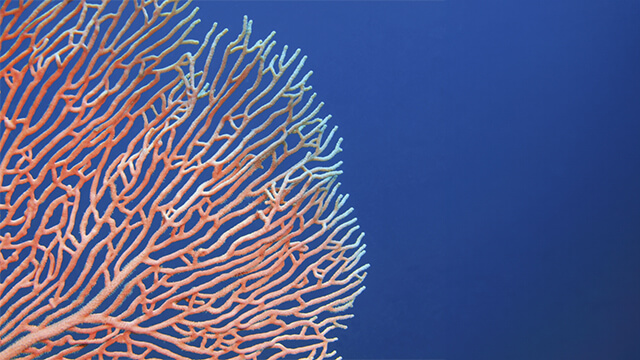
Address your ballast water management system challenges
If the reality of ballast water management hasn’t met your expectations, you’re not alone. Others have purchased or acquired ballast water management systems (BWMS) in good faith, only to find that they don’t comply as intended – or aren’t supported as needed. Don't risk non-compliance and hefty penalties for a poorly functioning BWMS. Replacing your existing system could be a more cost-effective solution in the long run. Having replaced over 200 systems from over 20 different makers, Alfa Laval has the expertise you can rely on to ensure compliance.
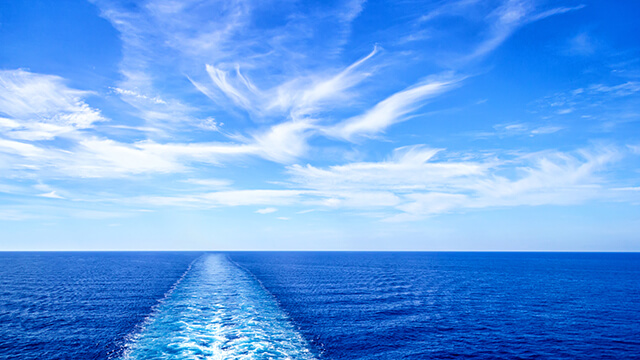
Get our white paper on challenging water quality (CWQ)
New interim guidance from the MEPC defines your options and responsibilities when managing ballast water in CWQ conditions. Our white paper explains what applies, including:
- What challenging water quality is – and isn’t
- How CWQ parameters differ from system design limitations
- When your BWMS can be bypassed – and when it can’t
- Why bypassing isn’t the simple solution it seems
References
Read success stories about some of the more than PureBallast systems we have delivered so far.
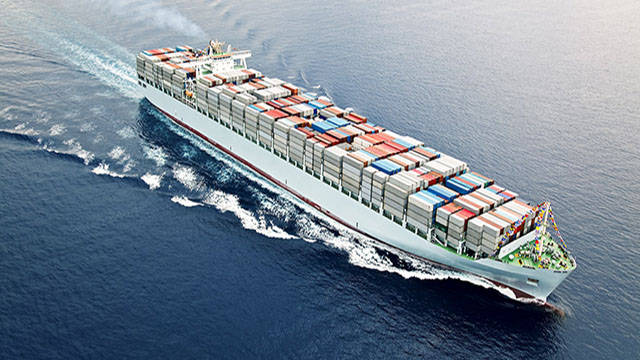
Ballast water treatment legislation
Which regulations apply?
The regulations explain when, where and how ballast water treatment should occur. There are two sets to have in focus, depending on where your vessel sails:
The IMO Ballast Water Management Convention
This is the global legislation that sets the rules for ballast water treatment in around 95% of the world’s ports. [Its full name is the International Convention for the Control and Management of Ship’s Ballast Water and Sediments] In addition, On 28 October 2020, the IMO revised G8 guidelines (the BMWS Code) for type approving ballast water treatment systems went into effect.
The U.S. Coast Guard Ballast Water Discharge Final Rule
Known more simply as the USCG Final Rule, this is the ballast water treatment legislation that applies when sailing in United States waters. Its requirements are similar to – but slightly different from – those in the IMO BWM Convention. Some specific rules may apply in certain regions or ports, but the regulations above guide nearly all ballast water treatment decisions.


